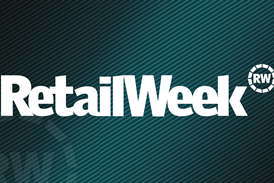Three of retail leaders’ biggest headaches and how AI can address them

Here’s what retailers around the globe voted as their top concerns for 2023 and how they can use AI to tackle them
When thousands of retailers were surveyed about what worried them most this year, they had plenty of challenges to choose from. While there were small shifts in responses, largely retailers chose the same top three regardless of what they sell or where in the world they are based.
Already have an account? Sign in here













